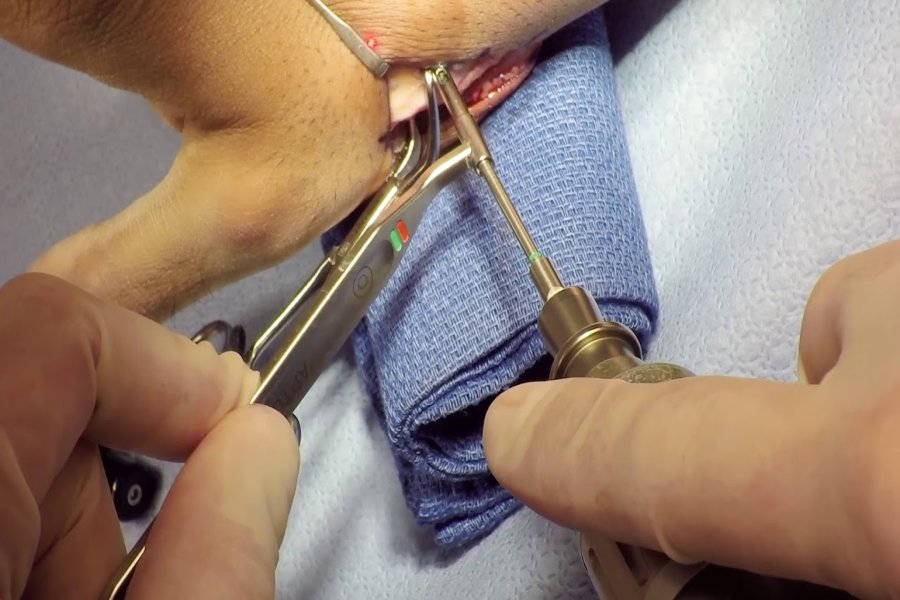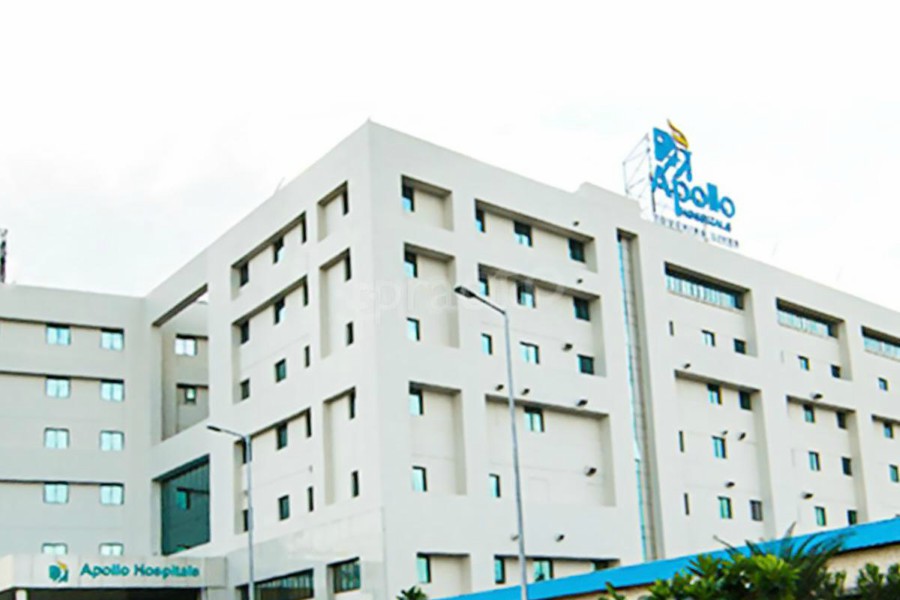
A severely broken bone due to an accident or injury is a common concern. Some fractures heal by wearing a cast, while others require intensive treatment. For dealing with severe and sudden fractures, modern science and technology have given a great solution – such as open reduction internal fixation surgery.
Overview
Open reduction internal fixation is a surgical procedure performed to fix a severely broken bone. This surgery is done in two steps. Firstly, the fractured bones are re-aligned, and then they are held together with the help of the metal screws, plates, rods, or pins.
ELIGIBILITY
Open reduction internal fixation is usually performed to treat fractures that would not heal properly by splinting or casting alone. A person may undergo ORIF if his/her bone:
- Sticks out through the skin
- Moves out of the position
- Is broken at multiple places
- It can also be performed in the condition where closed reduction (re-aligned without an incision) is already done, but the bone did not heal properly.
PREPARATION BEFORE PROCEDURE
The surgery is usually performed as an emergency procedure because most broken bones are caused due to accident or trauma. However, before the surgery, a physical examination will be done to evaluate the nerves that get affected by the broken area and blood circulation of the patient. To examine the broken area and surrounding structure, some imaging tests like X-ray, MRI scan or CT scan may be done. Blood tests may also be performed. If required, the doctor may also give an injection of tetanus. The doctor may also ask about the time of the food or liquid intake that was taken last.
If the surgery is planned, then you may be asked to stop eating or drinking anything at least 8 hours before the procedure.
ABOUT PROCEDURE
Based on the location of the fracture and time required for the surgery, it can be done under general anaesthesia, spinal anaesthesia or local anaesthesia.
The procedure of the surgery may vary based on the type and location of the fracture.
General steps of the surgery:
A breathing tube may be placed for breathing purpose during the surgery. An antiseptic liquid will be used to clean the skin above the bone broken. After cleaning the site, an incision will be made. Then the broken bones will be placed into the correct position. A plate with a pin, a rod or a screw will be placed to hold the fractured bones together. After completing the procedure, the incision will be closed by stitches or staples. A dressing or/and cast will be applied over the incision.
POST-PROCEDURE CARE
You will be transferred to the recovery room, where your breathing and blood pressure will be monitored. The nerves around the broken area and the pulse will be checked. If you are unable to eat and drink, food and supplements will be given through an intravenous route. You are asked to walk for 2 to 3 times a day to avoid complications. The affected limb will be kept on an elevated level above the heart to decrease the risk of swelling.
Once the bone starts to heal, your physical therapy will begin. In this therapy, you will learn to move the affected area. Exercises to regain the range of motion and strength of the muscle will be taught. If required, before leaving the hospital, you will be trained to use the assisted devices like crutches or wheelchair.
RECOVERY TIPS
Following measures may aid in fast recovery after ORIF procedure:
- Walk for a 2-3 time in a day
- Perform all the exercises recommended by the physiotherapist
- Take medications as prescribed
- Keep the area of incision clean and dry
- If you have increased pain or observe any signs of redness and swelling in the area, immediately contact your doctor
- Do not apply excessive pressure on the affected area until it heals completely
- If required, apply ice to reduce the swelling
- Attend all the post-operative sessions as scheduled
FACTORS AFFECTING COST
The cost of the ORIF surgery may vary based on certain factors like:
- Type of surgery
- Location of the fracture
- Cost of the surgeon
- Overall health of the patient
- Age of the patient
- Complications of the case
- Duration of the hospital stay
- Post-operative care


 Best Hospitals
Best Hospitals













